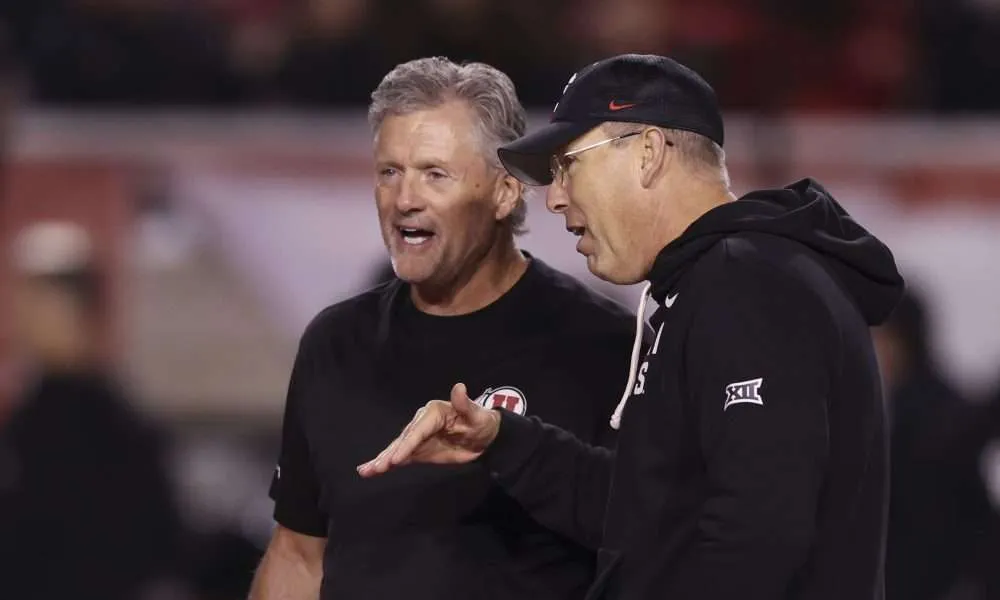NIL
AJ Dybantsa shares heartwarming moment with his mom before BYU journey
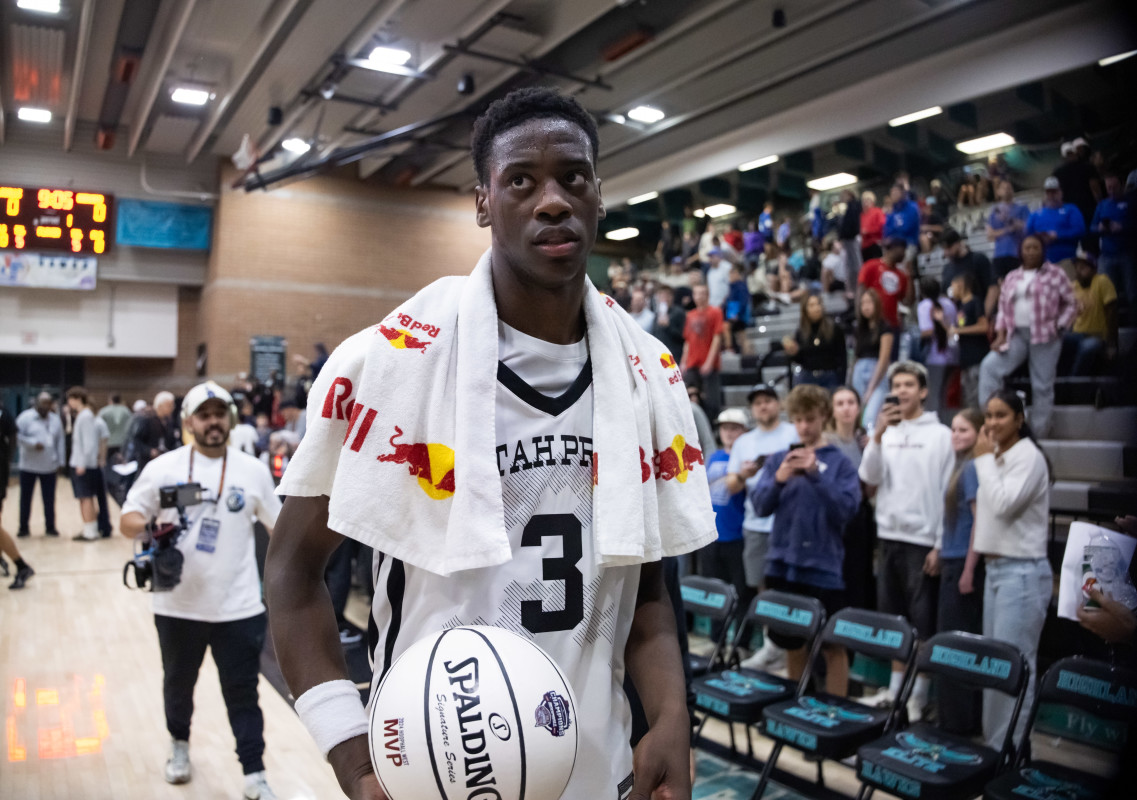
Before he suits up in Cougar blue, BYU’s prized basketball commit AJ Dybantsa took a quiet moment to honor the person who’s been there from day one—his mom.
In a world of NIL deals and national rankings, it’s easy to forget the personal side of a prospect. But on Saturday, Dybantsa reminded fans that behind every rising star is a family. Sharing a heartfelt photo on Instagram with his mother, Chelsea, he wrote, “Happy glo mommaa, words can’t rlly describe.” The caption was short, but it resonated with thousands. For BYU fans, it was a glimpse of the young man beyond the highlight reels.

AJ Dybantsa and his motherAJ Dynantsa/Instagram
A Family Foundation Behind the Hype
Advertisement
Dybantsa, whose NIL valuation currently sits at an astounding $3.8 million per On3, is the most coveted high school player in the Class of 2025. While programs like Kansas, Alabama, and North Carolina pursued him, he chose BYU—a decision his family was heavily involved in. Chelsea and his father, Ace, even toured the Provo campus before AJ himself made an official visit. Their belief in BYU’s vision paved the way for his commitment.
Mom in the Stands, Always in His Corner
Throughout his rise, Chelsea has been a constant presence. Whether in crowded gyms or national showcases, she’s been seen cheering loudly and proudly. Last year, during the Nike Hoop Summit, AJ represented her native Jamaica on Team World. This year, playing for Team USA, he noted a shift: “I’m playing for myself.” But those who’ve followed his journey know—his mom is always part of the “why.”
Related: BYU adds sharpshooting forward to impressive roster
A Moment That Speaks Volumes
Advertisement
Even though Dybantsa has already arrived in Provo to begin his collegiate career, this simple post with his mother hit home for many. It wasn’t flashy. It wasn’t staged. It was a young man showing love to the person who helped him get here—a reminder that no matter how big the stage gets, the roots matter most.
BYU fans, get ready. You’re not just gaining a generational talent—you’re getting someone who carries family with him every step of the way.
Related: BYU’s AJ Dybantsa soars as college basketball’s top NIL earner
Related: BYU four-star center Xavion Staton arrives in Provo
NIL
Michigan NIL collective Champions Circle hits ground running after Kyle Whittingham hire

The coaching search is over, but the work is just beginning. Michigan Wolverines football has a new leader in Kyle Whittingham, the 22nd head coach in program history, and he’s already hard at work in Orlando as the Maize and Blue prepare for the Dec. 31 Citrus Bowl against Texas.
Michigan’s official NIL collective, Champions Circle, has launched its ‘Membership 2.0,’ an opportunity for fans to receive “new benefits, new opportunities to engage with players and coaches and new ways to support those who wear the Maize and Blue.”
Advertisement
“As Coach Whittingham takes the helm to lead the next chapter in Michigan football history, one thing is clear: success in today’s college football landscape requires support from each and every fan,” the collective shared in a press release.
By becoming a Champions Circle member, Michigan fans are “directly supporting NIL opportunities that help:
• Empower our new coach to establish the next great era of Michigan Football
• Build championship-level depth at every position
• Prevent rivals from poaching our top talent
The First 100 New Yearly Victors & Valiant Members will receive a football signed by Whittingham and freshman quarterback Bryce Underwood AND an invitation to a first-of-its-kind “Meet Coach Whittingham” webinar in 2026.
Advertisement
Here are details on membership tiers for Champions Circle:

The 66-year-old Whittingham is already in Orlando connecting with Michigan staff, players and their families. The Wolverines have one game remaining but are also focused on next season.
Whittingham was introduced to Michigan fans on social media Saturday evening and will hold his introductory press conference Sunday morning at 11 o’clock from the team hotel.
NIL
Super-sized conferences are breaking college football
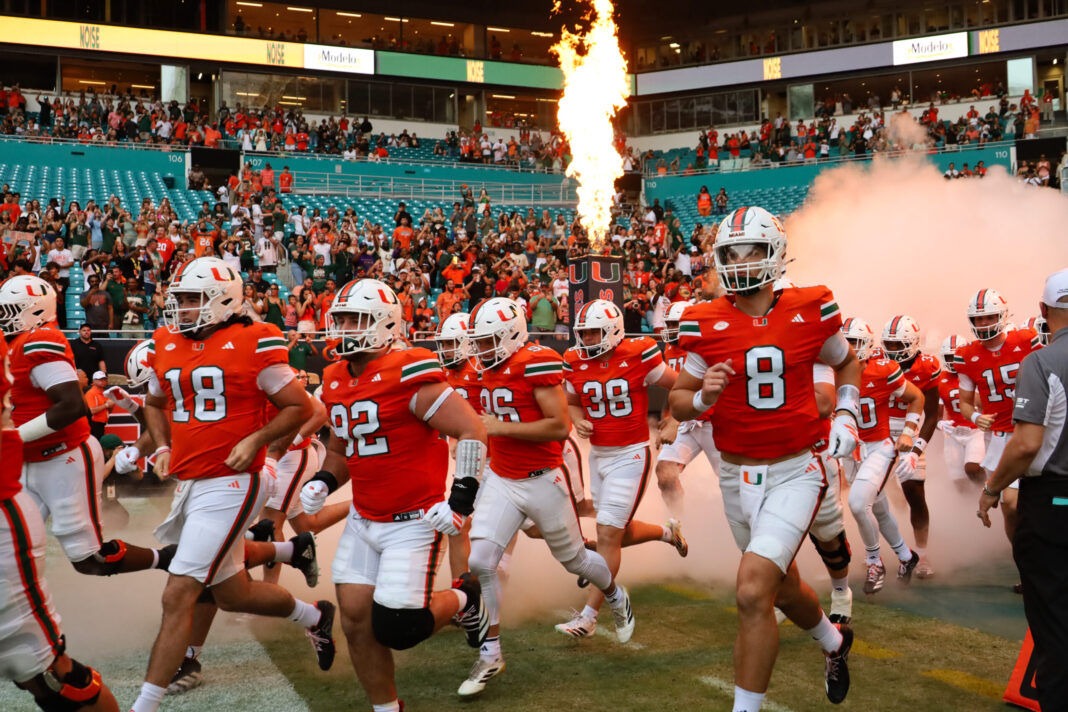

The dawn of NIL has forced a realignment of college conferences, putting pressure on the structure of conference championships. When you look at the Power Four football conferences (ACC, Big 10, Big 12, and SEC), each have expanded somewhere between 16 and 18 members.
The past two seasons have demonstrated that the current conference championship format is not equipped to corral the super-sized power conferences. Deciding the top teams in the country is left to too many qualitative metrics (strength of schedule, head to head, and common opponents).
Something needs to change.
Texas A&M’s path to CFP
Looking at the SEC, Texas A&M had a historic 11-1 regular season, good for one of the best records in the nation. However it featured in-conference wins against seven out of the nine worst teams in the SEC; and every team they beat had a conference win percentage of .500 or worse.
The Aggies season would end in disappointing fashion as they lost twice in a row, against in-state rival the Texas Longhorns 27-17 and in the first round of the College Football Playoff against the Miami Hurricanes 10-3.
A&M arguably only faced three impressive teams all season (Miami, Notre Dame, Texas), and its only win of the three came in the form of a controversial one-point victory over ND in Week 2.
TAMU is one of multiple glaring examples of how massive conferences allow teams to waltz unscathed through their conferences thanks to scheduling issues.
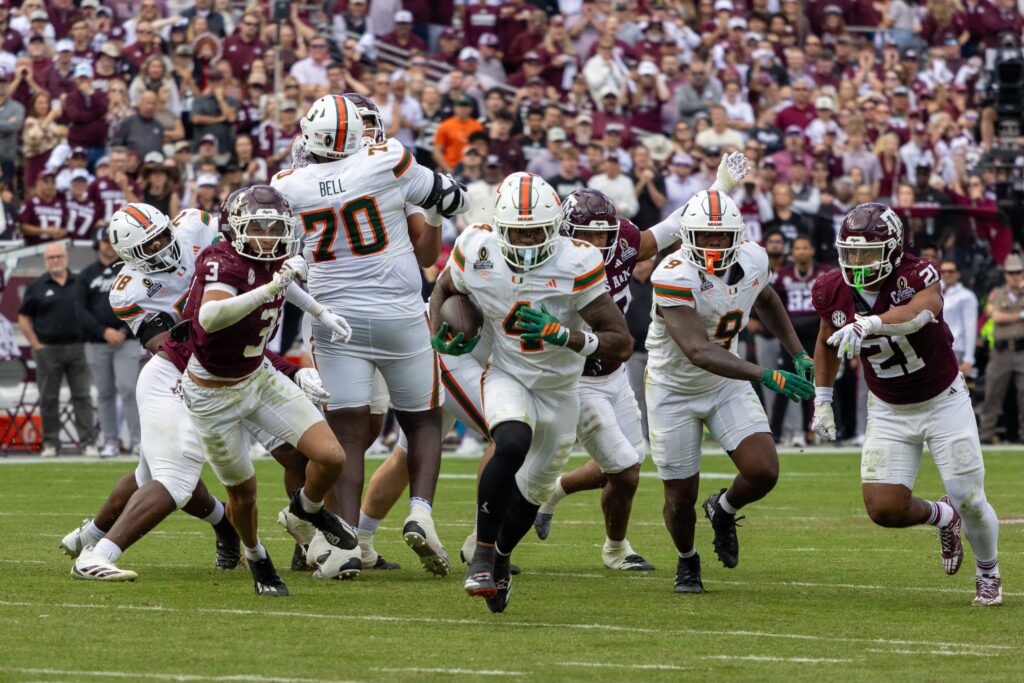
Is a return to Divisions the solution?
It would seem creating divisions within the conferences should be closely considered. This would stoke more fierce rivalries among inter-division opponents, ensuring more even matchups and a clearer cut conference championship.
Looking to the past, all of the Power Four conferences had divisions but were eliminated across the last decade — a division format made less sense with smaller membership.
In 2024, the Big 12 (with 16 members) had a four-way tie at the top of the conference between Arizona State, Iowa State, BYU, and Colorado, who all finished with a 7-2 record. By the end Arizona State and Iowa State faced off due to tiebreakers, but many thought that BYU was more deserving than Iowa State.
This season in the ACC (with 17 members), Virginia guaranteed their spot after a 7-1 conference record, but there was a 5-way tie for second place between Duke, Miami, Georgia Tech, SMU, and Pitt. As Miami fans well know, the unranked 7-5 Duke Blue Devils were awarded the second spot over a 10-2 Miami team ranked No. 12 in the country at the time.
Applying the Divisions to the ACC
When looking at the ACC, the conference has 17 members, which forces teams to play more or less games than one another. All of this would be solved if another team joined the conference.
But let’s concentrate on how the current structure of the ACC would address this issue. There would be three main things taken into consideration: rivalries, location, and talent. It might look something like this:
ACC North: Syracuse, BC, Pitt, Louisville, VT, Virginia, Clemson and Georgia Tech
ACC South: Miami, FSU, SMU, Cal, Stanford, Duke, UNC, NC State and Wake Forest
For the divisions, it would be fair to re-evaluate every five years whether the two divisions are evenly split. Currently the competition would be tight; each division would be well balanced.
The proposed system would also allow scheduling and travel to be much simpler; every division team plays one another, the north would have 7 conference games while the south would have 8. At the end of the season, the two representatives from each division would face-off for the championship.
As some guidelines here are the five hypothetical tiebreaker rules:
1 – Conference Record
Conference records always take importance over every guideline but would have more weight as every team faces each other.
2 – Head to Head
Due to everyone facing off this should solve for tiebreakers except for three (or more) way ties.
3 – Overall Record
In the case of Miami – Duke the tiebreaker was Win Percentage of Conference opponents. In the context of a 7-5 record, the overall record should have more weight.
4 – National Ranking (AP poll / CFP)
Ideally the conference championship should be settled by this point but if it goes this far National Ranking should be considered in ensuring that the best teams compete for the conference championship.
Will realignment fix everything?
Fans want more entertaining matches and teams want ease of scheduling and travel.
The answer is simple — either return to smaller conferences or implement divisions to make conferences matter.
In the end, no matter the solution, it won’t be perfect. Sports fanatics will always say that there will be a better format, but the least we can do is learn from past mistakes.
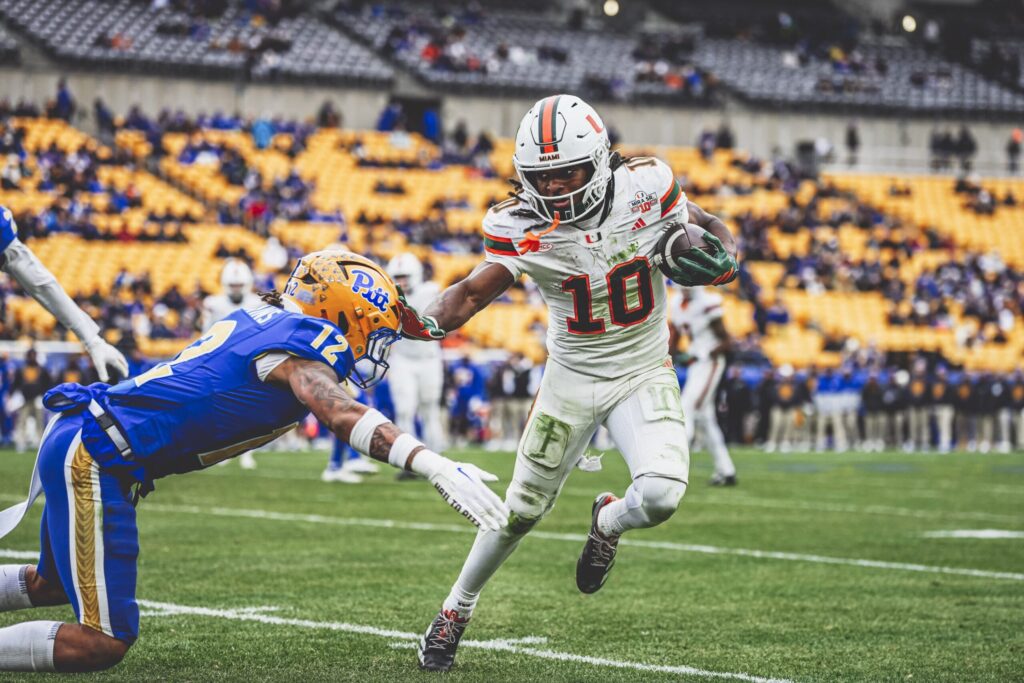
NIL
College football team loses three All-Americans to transfer portal

North Texas capped a program-best 12–2 season with a New Mexico Bowl win, but quickly faced major roster turnover as quarterback Drew Mestemaker, running back Caleb Hawkins, and wide receiver Wyatt Young all entered the NCAA transfer portal.
Mestemaker broke out as a redshirt freshman in 2025, leading the FBS with 4,379 passing yards and 34 touchdowns following Saturday’s 49–47 victory over San Diego State.
He began his North Texas career as a walk-on and earned conference offensive honors and national attention before deciding to test the portal.
Hawkins, the Mean Green’s freshman back, finished 2025 as one of the nation’s most productive rushers, totaling 1,434 rushing yards and leading the FBS with 25 rushing touchdowns, highlighted by a 198-yard, three-touchdown bowl performance to cap the year.
Young, meanwhile, paced UNT’s receiving corps with 1,264 yards and 10 touchdowns (ranking among the top three nationally) and earned first-team All-American and All-Conference honors.
Losing the nation’s top passer, the FBS’s most productive freshman runner, and a top-three WR in one offseason represents an immediate top-to-bottom offensive reset for North Texas.

For the transfer market, all three are premium, high-demand assets — Mestemaker as a starting QB target for Power-Five teams, Hawkins as a feature back with breakout tape, and Young as a proven perimeter threat.
Mestemaker has already been linked to Oklahoma State (connection via coach Eric Morris), Indiana, Texas Tech, and Oregon, while Hawkins and Young are expected to draw attention from both Group-of-Five and Power-Five programs.
Hawkins, a three-star recruit from North Rock Creek High School (Shawnee, Oklahoma) in the 2025 class, also held offers from Emporia State and Central Oklahoma before committing to North Texas in September 2024.
Young, a three-star prospect from Katy Tompkins High School (Katy, Texas) in the 2024 class, signed with the Mean Green over offers from Rice, Arizona, Memphis, Air Force, and others.
Three top underclass producers hitting the transfer portal at once underscores how quickly the transfer era can reshape a program, leaving Group of Five teams that develop stars grappling with retention issues and the financial pressures of NIL.
Read More at College Football HQ
- No. 1 college football team linked to 1,700-yard RB in transfer portal
- Top 3 transfer portal landing spots for 4,000-yard quarterback Drew Mestemaker
- College football team loses starting QB to NCAA transfer portal
- Major college football program surges as candidate for 4,000-yard QB
NIL
College football team loses starting QB to NCAA transfer portal

In its first year under head coach Scott Abell, Rice finished the 2025 season 5–7 overall (2–6 in the American Conference) but still earned an Armed Forces Bowl invite, where it will face Texas State (6–6) on January 2 in Fort Worth, Texas.
Across 12 games in 2025, Jenkins completed 119 of 172 passes (69.2%) for 1,025 yards with nine touchdowns against two interceptions, while also carrying the ball 151 times for 531 yards and five scores.
That momentum may be short-lived, however, as Rivals’ Hayes Fawcett reported on Saturday that Jenkins plans to enter the NCAA transfer portal, adding another domino to an already loaded quarterback transfer market.
A Houston, Texas product who signed with Rice in February 2023, Jenkins worked his way into the program as a multi-role quarterback/athlete, appearing in limited action early in his career before being named the 2025 starter.
In his first full year as the starting quarterback, Jenkins earned American Conference All-Academic recognition.
Prior to signing with Rice, he starred at Alief Taylor (Houston), where he threw for 4,735 yards and 46 touchdowns against just six interceptions in 22 varsity games and earned All-District 23-6A honors as a junior.
Jenkins was 247Sports’ No. 93 quarterback in the 2023 class, committing to Rice over offers from Alcorn State, East Texas A&M, Jackson State, and Lamar.

With a 69.1% career completion rate and proven mobility, Jenkins profiles as a strong fit for spread-option or run-oriented Group-of-Five offenses that prioritize efficiency and quarterback movement.
He could appeal to programs seeking an experienced starter while also offering value as depth at the Power-Five level, with his Texas roots strengthening his regional appeal.
Some notable programs that have reportedly shown interest in adding a quarterback through the transfer portal include Florida State, Clemson, North Texas, TCU, Virginia Tech, and Cincinnati.
Read More at College Football HQ
- $2.4 million QB emerges as transfer portal candidate for SEC program
- Major college football program ‘expected to hire’ 66-year-old head coach
- College Football Playoff team loses player to transfer portal
- College Football Playoff team loses starting QB to transfer portal
NIL
$2.4 million QB connected to major college football program in transfer portal

Cincinnati closed the 2025 season at 7–5 (5–4 Big 12) and will face Navy in the AutoZone Liberty Bowl on January 2, marking the Bearcats’ first bowl appearance since joining the Big 12 and since head coach Scott Satterfield took over in 2023.
Cincinnati rattled off seven straight wins midseason but dropped its final four games to close the regular slate before receiving the bowl invitation.
Quarterback Brendan Sorsby started 12 games for Cincinnati in 2025 and finished with 2,800 passing yards, 27 passing TDs, and five interceptions (61.6% completion, 155.15 passer rating), adding 100 carries for 580 rushing yards and nine rushing touchdowns.
A Denton/Lake Dallas (Texas) product, Sorsby was a three-star recruit who signed with Indiana (redshirted 2022, started in 2023) before transferring to Cincinnati in 2024.
However, Sorsby notified Cincinnati and publicly confirmed on December 15 that he will test the transfer portal while awaiting an NFL draft grade.
Since then, multiple programs have reportedly shown interest, with some NIL offers rumored to approach $5 million, a figure that would rank among the highest in college football.
On3’s NIL tracker currently values Sorsby at approximately $2.4 million, placing him among the higher-valued quarterbacks in the college game.
On Friday, Fox Sports’ Laken Litman included Oregon among the programs expected to pursue a quarterback through the transfer portal and identified Sorsby as a “top quarterback from the portal,” along with Texas Tech, Indiana, and Oklahoma.

Oregon’s starter, Dante Moore, is widely regarded as a likely high NFL Draft selection and has not publicly committed to returning, stating that he has yet to make a final decision.
With a young and largely unproven group of quarterbacks behind him on the depth chart, speculation has been that Dan Lanning and his staff could pursue a transfer portal quarterback should Moore declare.
If Moore declares for the draft, Oregon would likely seek an experienced, pro-ready signal-caller capable of operating a tempo-based offense while sustaining recruiting and NIL momentum.
Sorsby’s size (6’3″, 235 pounds), proven starter experience, marketplace value, and dual-threat rushing ability, a trait Oregon has used successfully, would make him an immediate candidate.
Read More at College Football HQ
- No. 1 college football team linked to 1,700-yard RB in transfer portal
- Top 3 transfer portal landing spots for 4,000-yard quarterback Drew Mestemaker
- College football team loses starting QB to NCAA transfer portal
- Major college football program surges as candidate for 4,000-yard QB
NIL
Damon Wilson seeks denial for arbitration in NIL dispute with Georgia
Updated Dec. 28, 2025, 1:33 p.m. ET
Former Georgia football defensive end Damon Wilson is asking an Athens-Clarke County Superior Court judge to deny Georgia athletics’ attempt to go to arbitration on what it contends is Wilson breaking an NIL contract when he entered the transfer portal.
Georgia sued Wilson, seeking $390,000 in liquidated damages after he agreed to an NIL deal with Classic City Collective and transferred weeks later. He played this season at Missouri where he was second-team All-SEC.
-

 Motorsports3 weeks ago
Motorsports3 weeks agoSoundGear Named Entitlement Sponsor of Spears CARS Tour Southwest Opener
-

 Motorsports3 weeks ago
Motorsports3 weeks agoDonny Schatz finds new home for 2026, inks full-time deal with CJB Motorsports – InForum
-
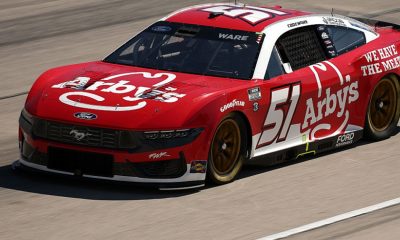
 Motorsports3 weeks ago
Motorsports3 weeks agoRick Ware Racing switching to Chevrolet for 2026
-

 NIL3 weeks ago
NIL3 weeks agoDeSantis Talks College Football, Calls for Reforms to NIL and Transfer Portal · The Floridian
-
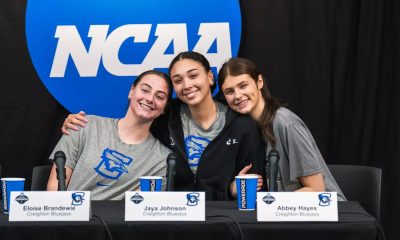
 Sports2 weeks ago
Sports2 weeks ago#11 Volleyball Practices, Then Meets Media Prior to #2 Kentucky Match
-

 Motorsports2 weeks ago
Motorsports2 weeks agoSunoco to sponsor No. 8 Ganassi Honda IndyCar in multi-year deal
-
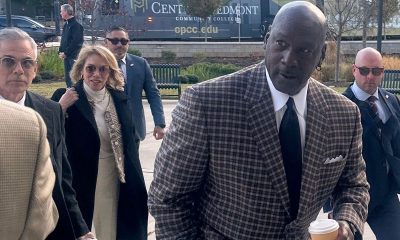
 Motorsports3 weeks ago
Motorsports3 weeks agoNASCAR owes $364.7M to teams in antitrust case
-
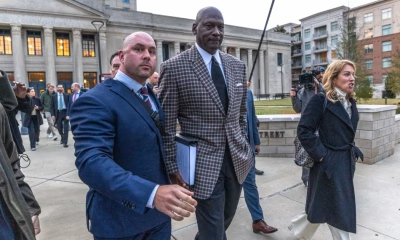
 Motorsports2 weeks ago
Motorsports2 weeks agoNascar legal saga ends as 23XI, Front Row secure settlement
-
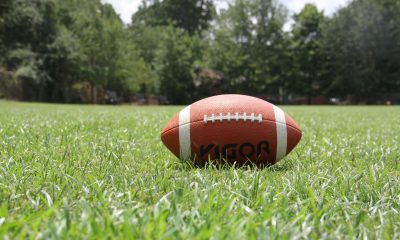
 Rec Sports3 weeks ago
Rec Sports3 weeks agoWhy the Texas Sport for Healing Fund Should Return – The Daily Texan
-

 Motorsports3 weeks ago
Motorsports3 weeks agoAccelerating Inclusion: Breaking Barriers in Motorsport
































